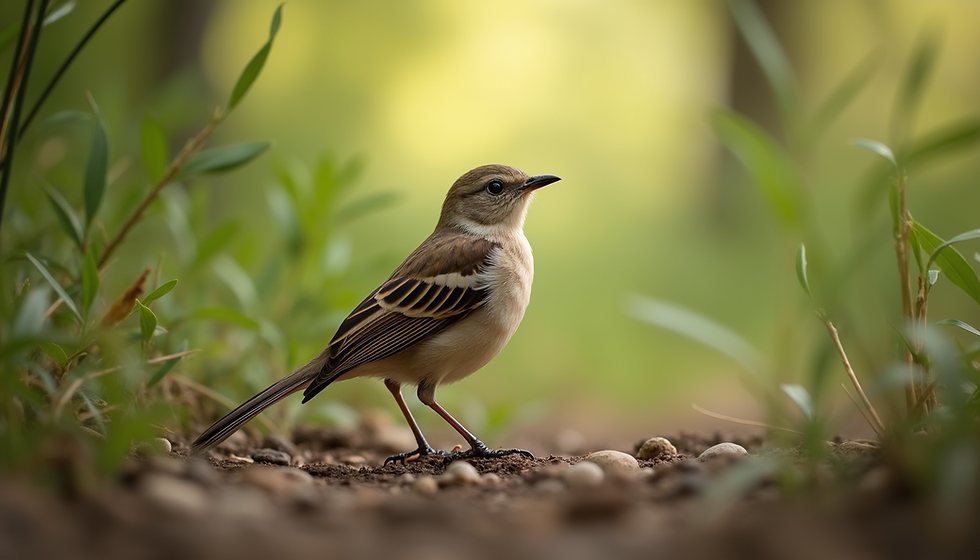EWS 2024–2025 OBJECTIVES AND ACTIVITIES
- Esperance Wildlife Sanctuary Inc.

- Oct 16
- 2 min read

In the 2024-25 period, EWS pursued the following primary objectives, with activities organised into three core areas:
1. Objective: Establishing a Critical Regional Wildlife Care Hub
The main objective for the year was to establish a dedicated, non-metropolitan facility to act as a safety net for injured and orphaned wildlife across the vast Goldfields-Esperance region.
Activity/Key Highlight | Details & Outcome |
Launch of the Esperance Wildlife Hospital | The facility was officially established and commenced operation in May 2025, fulfilling a critical regional need for 24-hour emergency triage and stabilisation services. |
Securing Key Funding & Donations | The project was made possible by generous support from DPIRD, alongside critical infrastructure donations from Southern Ports, the Shire of Esperance, and the Rotary Club of Esperance Bay. |
Expanding Rehabilitation Capacity | 100 square meters of specialised penning and a small flight aviary were constructed in late 2024 to support the long-term conditioning and pre-release of larger birds.  |
2. Objective: Enhancing Regional Preparedness and Expertise
A secondary objective was to build community knowledge and capacity to effectively respond to environmental and wildlife emergencies.
Activity/Key Highlight | Details & Outcome |
Specialist Training Courses | EWS successfully ran two specialist training courses—Basic Handling and Rescue Techniques for Seabirds and Oiled Wildlife Response—training over 40 community volunteers to boost regional preparedness. |
Expert Triage Support | Volunteers provided expert triage and transfer support across the Goldfields-Esperance region, often in collaboration with Swans Veterinary Services. |
3. Objective: Restoring and Protecting Native Habitats
The long-standing environmental objective was to continue restoring the land as an essential ecological corridor and habitat for native species.
Activity/Key Highlight | Details & Outcome |
Intensive Revegetation Program | The three-year total of native plants added exceeded 3,000 endemic seedlings, specifically focusing on providing food sources for the endangered Carnaby's Black Cockatoo. |
Invasive Species Removal | Rigorous programs were maintained to remove invasive species like Freesias and bridal creeper, supporting the survival of the native understorey, which includes over eight flourishing orchid species. |
Future Planning | Planning commenced for a Miyawaki-style revegetation project to promote rapid, dense forest growth and further enhance the wildlife habitat. |
Water Security | Installation of 5 additional 14,000 litre rainwater storage tanks |





Comments